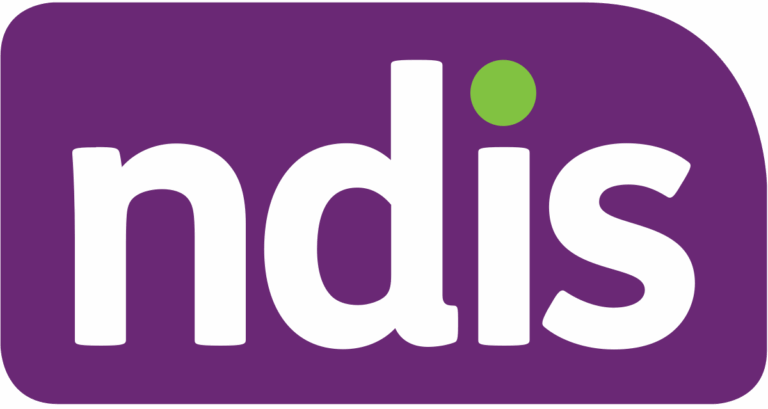As the National Disability Insurance Scheme (NDIS) matures, participants are increasingly weighing the pros and cons of Plan Management versus Self-Managed Supports. While both models offer distinct benefits, growing concerns around cost-efficiency, administrative burden, and service clarity have brought this debate into sharper focus.
With over $1 billion annually spent on third-party plan managers, many participants are asking: Is the convenience worth the cost? And are self-managed participants better off when equipped with the right tools?
This article explores the real impact of each model—on participants, providers, and budgets—and how digital solutions like ShiftCare are helping streamline the process for everyone involved.
Understanding the Options: Plan Managed vs Self-Managed
- Plan Management: Involves a registered third party (plan manager) who handles payments to providers, financial tracking, and invoice processing on behalf of the participant.
- Self-Management: The participant (or nominee) takes full control of their NDIS funds, directly managing payments, service agreements, and reporting.
While plan management offers ease for some, it’s not without trade-offs—especially when it comes to cost and control.
High Fees for Plan Managers Eat Into Budgets
Recent data shows over $1 billion of NDIS funds annually go to plan management fees. That’s money not being spent on supports or participant services.
Though the NDIS caps these fees, the cumulative effect of multiple invoices and third-party billing means less flexibility in a participant’s core and capacity-building budgets. Participants often assume plan management is “free,” but these costs ultimately reduce what they can claim for essential supports.
In contrast, self-managed participants avoid plan management fees altogether and often negotiate better pricing directly with providers, increasing their service value.
Administrative Burden for Providers and Support Teams
Behind the scenes, plan managers can create significant administrative delays. Providers must:
- Generate detailed invoices
- Submit them through the plan manager’s system
- Wait days (or even weeks) for approval and payment
This administrative bottleneck often forces providers to hire additional admin staff or pay overtime just to keep up with claims processing. The result? Increased costs and reduced capacity to serve more clients.
Care providers using ShiftCare benefit from integrated invoicing tools, enabling them to track hours, generate compliant invoices, and automate payment workflows—whether dealing with plan-managed or self-managed clients.
Confusion Creates Gaps in Support Delivery
Another critical issue is the lack of clarity many participants face regarding their responsibilities. Some assume plan managers will advocate for them, coordinate services, or resolve disputes. In reality, plan managers are primarily financial intermediaries.
This misunderstanding often leads to:
- Missed appointments
- Unpaid invoices
- Service duplication or gaps
Participants managing their own supports—when supported by the right digital tools—can reduce this confusion. Tools like ShiftCare’s client portals allow participants to view bookings, track services, and communicate with providers in real-time, improving transparency and reducing gaps in care.
The Case for Smarter Self-Management
While self-management may sound daunting, tech platforms have made it more accessible than ever. With automation, notifications, and simplified dashboards, participants and providers alike can reduce friction and maximise funding.
Benefits of self-managed supports with digital tools:
- Faster payments and direct provider relationships
- Real-time tracking of hours, appointments, and budgets
- Greater choice and control over service types and frequencies
- No middleman fees, freeing up funding for additional services
Conclusion: The Future Is Hybrid and Digital
Ultimately, the decision between plan management and self-managed supports depends on individual needs. But the growing pressure on participant budgets and providers’ administrative capacity makes it clear: efficiency and clarity must come first.
With powerful platforms like ShiftCare, both models can operate more smoothly—reducing confusion, admin strain, and financial waste. Whether you’re a participant seeking more control or a provider looking to simplify workflows, a modern care management system is your best ally.
